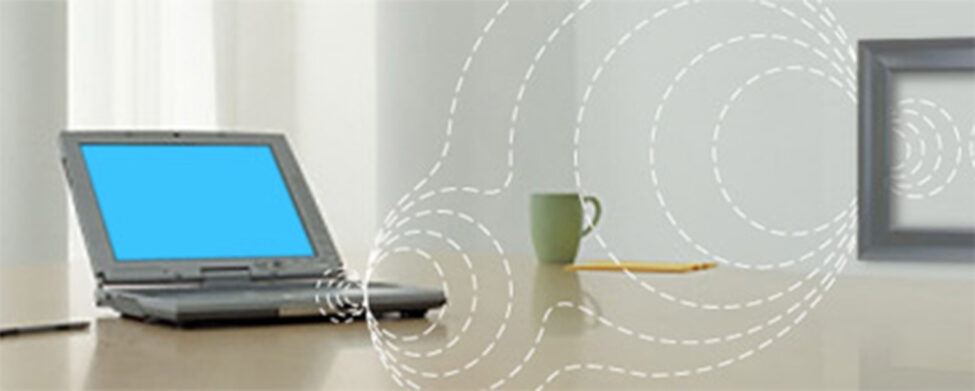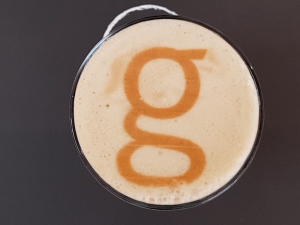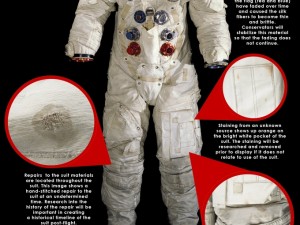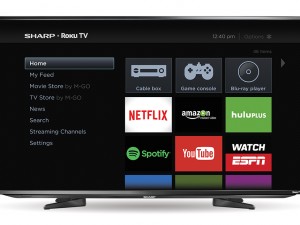The idea of creating wireless electricity was actually around in 1890 and was invented by Nikola Tesla. The basic idea consisted of an electromagnetic induction that states that electric current flowing through one wire can induce current flow in another wire. Tesla’s idea, however, did not work.

Now a team at MIT, headed by Marin Soljacic has found a way to make wireless electricity, AKA WiTricity, a reality. Much like Tesla’s original idea, Soljacic created a pad that contains a powered coil that creates a magnetic field. In turn this magnetic field induces a current to flow through a secondary coil (any portable device like a phone or BlackBerry). This electricity then charges the device’s rechargeable battery. Everything is done wirelessly and in some cases a battery may not even be necessary!
One of the benefits of using magnetic resonance is that biological organisms are invisible to and unaffected by magnetic field. In essence, the receiving coil “tunes” to match the powered coil in order to charge. And because its based off of resonance, the WiTricity is fairly omnipresent so long as it is located in the general area of the appliances. WiTricity is also highly efficient over various ranges and can exceed 90% for certain applications. It is designed to work with variety of products and systems and can handle a wide range of power levels. Not only that but it also comes in a variety of shapes and sizes and can be built directly into the product, eliminating the need for a an external power source.
The first announcement of a WiTricity partner product is expected toward the end of 2010.
[via WiTricity]







Interesting, WiTricity. What the mind visualizes becomes fact!
What do you mean Nikola Tesla’s idea never worked? thats an outrageous lie… Dr Soljancic is just capitalizing on the dead inventor’s ideas… too bad Nikola Tesla is not around to sue for patent rights